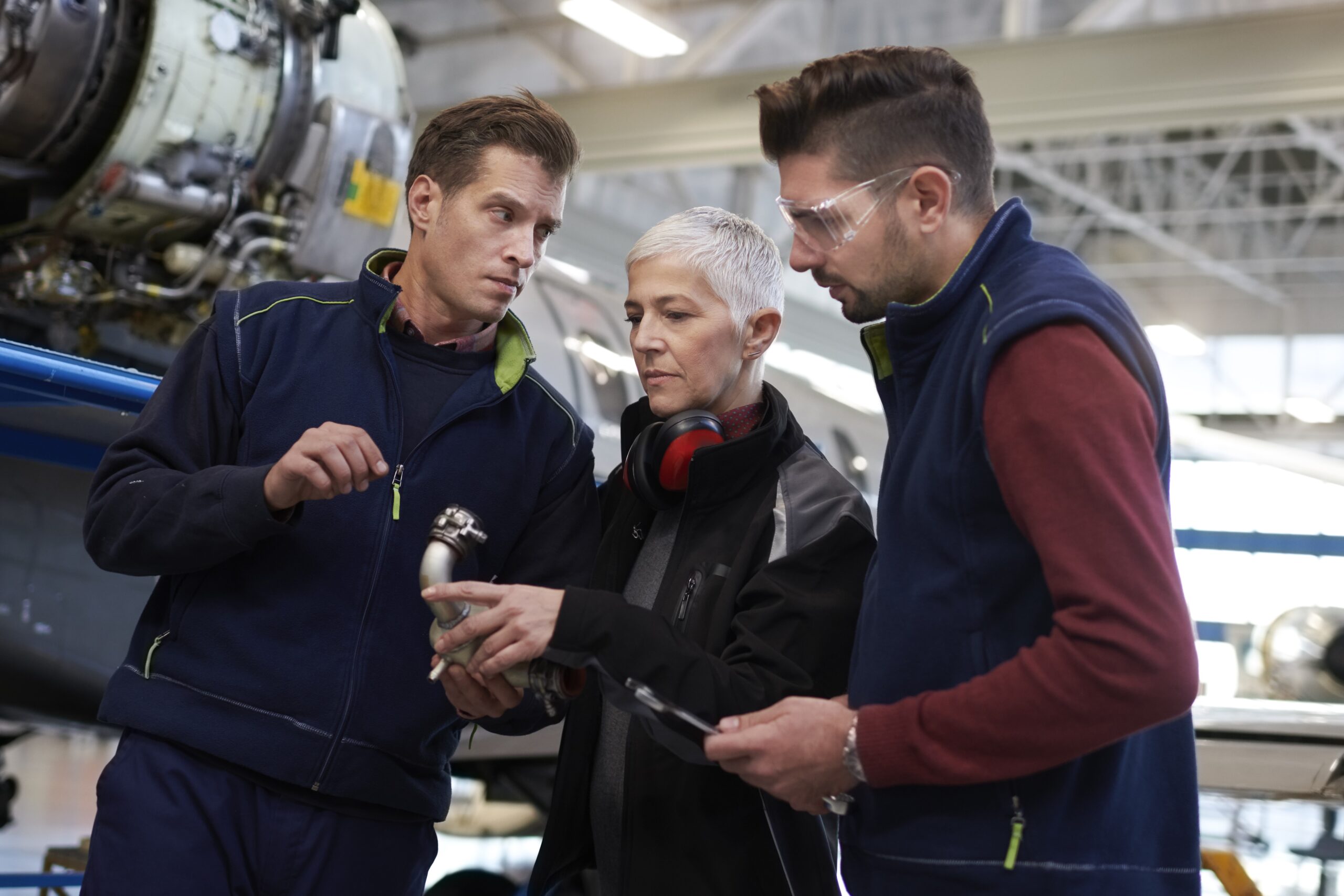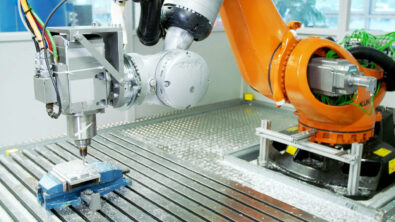Talking Aerospace Today – Automating the Mundane Part One – Summary

The Talking Aerospace Today podcast continues its exploration of how aerospace and defense (A&D) companies can mature their digital transformations with Todd Tuthill, Vice President of A&D for Siemens Digital Industries Software.
The previous episode identified the five stages companies can follow to achieve such digital transformation maturity: configuration, connection, automation, generative design, and closed loop optimization. Most companies are already well into the configuration and connection stages, so this latest episode jumps straight into the third stage of automation. According to Todd, the A&D industry today is unsustainable without automation, and the first steps toward implementing it lie in automating the mundane tasks that stifle progress and innovation throughout the industry.
Why automation?
There is a lot of work aerospace engineers do that could be better completed with computers, models, and algorithms, chief among them being the processing of data. Too many engineers, even those with master’s degrees and doctorates, spend most of their time searching for and transferring data instead of doing any actual engineering work. As aerospace products become more complex, the amount of data only increases and becomes even harder to manage. While the stages of configuration and connection make it easier to find and trace data, automation takes these responsibilities off engineers’ hands, allowing them to spend their time innovating and doing the work they were trained for.
This also ties into the worker shortage that is currently hampering the A&D industry. In previous episodes of the podcast, Todd explained how the industry is expected to have thousands of unfulfilled engineering positions in the coming years, many of which would be needed to simply tackle the obscene amounts of data aerospace products now require. By delegating data management computers and algorithms, the impact of current engineers can be multiplied as their time is rededicated toward engineering, alleviating the worst effects of the worker shortage.
Automation at work
To demonstrate what automation looks like in the A&D industry, Todd gives an example of when he used automation earlier in his career. Some years ago, he and his team were working on a control system for a commercial aircraft and were at the point where they needed to perform thousands of tests to fully validate the system. Not only did these tests need thousands of test scripts just to run, but the engineers also needed to take the gigabytes of data taken from those tests and produce test reports from them. Predictably, all that would have taken an enormous amount of time, and there was a very real risk of not completing the project on time for their customer.
In response, Todd and his team created a model-based system to model the way the tests worked. Their models would not only create the tests and the scripts that ran them, but as the scripts would run, the models would also create the subsequent test reports. By assigning these mundane tasks to the model, Todd and his team were able to complete their tests and validate the control system in a drastically shorter timeframe, allowing the customer to fly their plane on time. To this day, Todd is convinced if he and his team did not automate the testing process with models, they would not have been able to finish the aircraft in the time they were given.
The foundations of automation
While the earlier stages of configuration and connection are crucial to digital transformation maturity, automation is where companies really start making their data work for them. They can begin by automating the mundane tasks that hinder their engineers from focusing on their work, amplifying their impact and alleviating the strain brought upon by industry-wide issues like the worker shortage. By taking these initial steps, A&D companies lay the foundation for maturing their digital transformations and bringing the next generation of aerospace products to life.
Be sure to listen to the full episode or read the transcript, and stay tuned for part two of this discussion on automating the mundane.
Siemens Digital Industries Software helps organizations of all sizes digitally transform using software, hardware and services from the Siemens Xcelerator business platform. Siemens’ software and the comprehensive digital twin enable companies to optimize their design, engineering and manufacturing processes to turn today’s ideas into the sustainable products of the future. From chips to entire systems, from product to process, across all industries. Siemens Digital Industries Software – Accelerating transformation.


